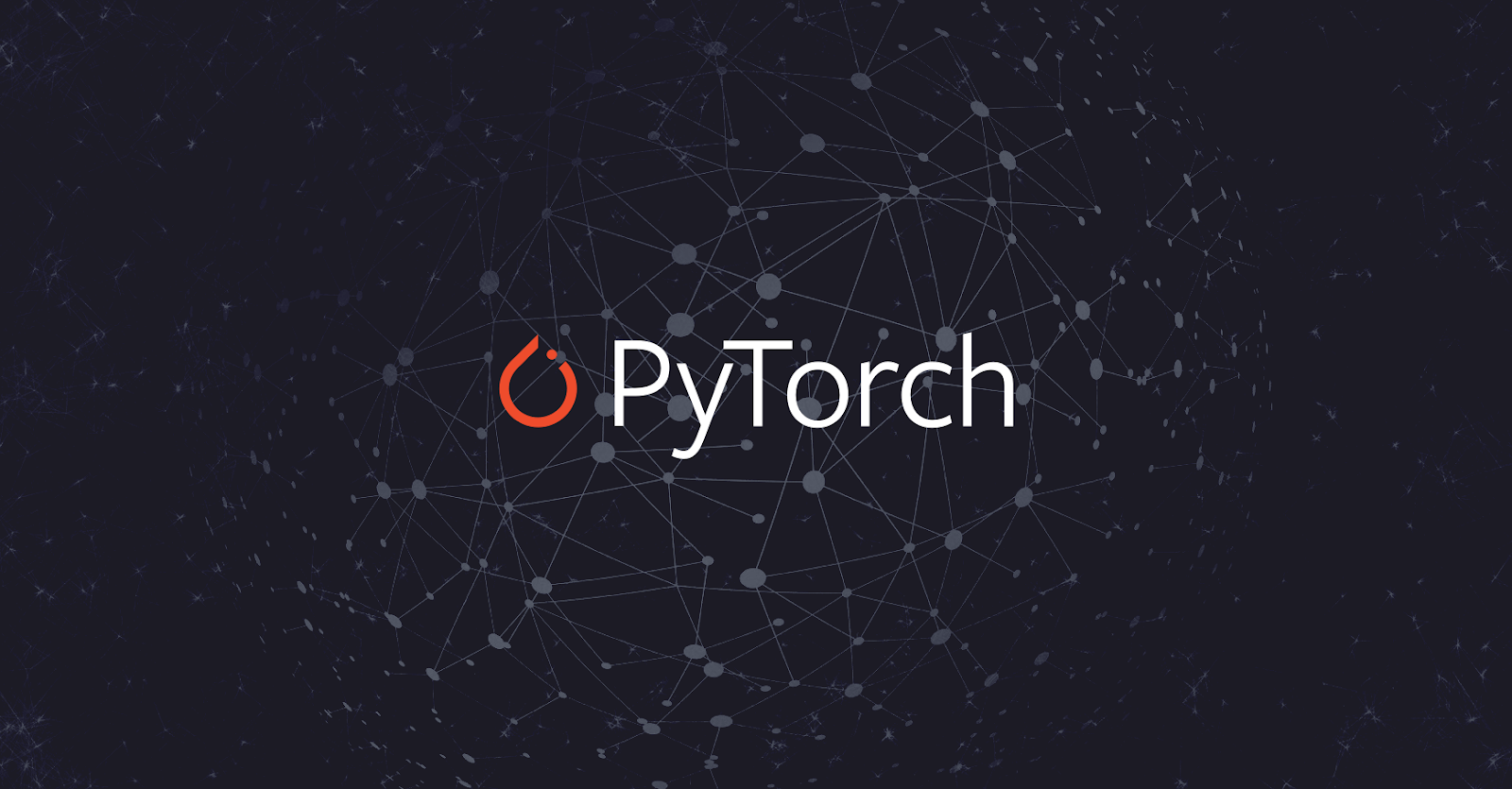Certainly! Here are some popular AI tools along with their key features:
TensorFlow: TensorFlow is an open-source machine learning framework with a broad range of applications. It provides a flexible ecosystem for building and deploying machine learning models across various platforms. TensorFlow offers a rich set of libraries, tools, and resources for deep learning, including support for neural networks, computer vision, natural language processing, and reinforcement learning.
PyTorch: PyTorch is another open-source machine learning framework known for its dynamic computational graph and user-friendly interface. It is widely used in academia and industry for tasks such as deep learning, computer vision, and natural language processing. PyTorch offers a strong ecosystem of libraries, pre-trained models, and tools like TorchVision and TorchText for vision and text processing.
scikit-learn: scikit-learn is a popular machine learning library in Python. It provides a wide range of algorithms and tools for data preprocessing, feature selection, model training, and evaluation. scikit-learn supports various supervised and unsupervised learning techniques, making it suitable for tasks such as classification, regression, clustering, and dimensionality reduction
.Hugging Face Transformers: The Hugging Face Transformers library is a powerful tool for natural language processing (NLP) tasks. It offers pre-trained models, including BERT, GPT, and RoBERTa, which excel in tasks like text classification, named entity recognition, sentiment analysis, and text generation. The library simplifies the use and fine-tuning of these models for downstream NLP tasks.
OpenCV: OpenCV (Open Source Computer Vision Library) is a widely-used computer vision library. It provides a comprehensive set of functions and algorithms for image and video processing, object detection, feature extraction, and more. OpenCV supports various programming languages and is popular in fields like robotics, augmented reality, and autonomous vehicles.
Dialogflow: Dialogflow is a Google Cloud-based platform for building AI-powered chatbots and conversational agents. It offers natural language understanding, intent recognition, and dialog management capabilities. Dialogflow allows developers to create chatbots that understand and respond to user queries across multiple channels like websites, messaging platforms, and voice assistants.
Microsoft Cognitive Services: Microsoft Cognitive Services provides a suite of APIs and tools for developers to incorporate AI capabilities into their applications. It includes APIs for vision recognition, speech recognition, natural language understanding, and language translation. These services enable developers to add powerful AI functionalities without extensive expertise in AI algorithms.
NVIDIA CUDA and cuDNN: NVIDIA CUDA is a parallel computing platform that enables developers to leverage the power of GPUs for accelerating AI computations. It provides a programming model and libraries for GPU programming. cuDNN (CUDA Deep Neural Network library) is a GPU-accelerated library specifically designed for deep learning tasks, offering optimized implementations of neural network operations.
These are just a few examples of the best AI tools available. Each tool has its own unique features and strengths, and the choice of tool depends on the specific requirements of your project, your familiarity with the tool, and the task at hand.








